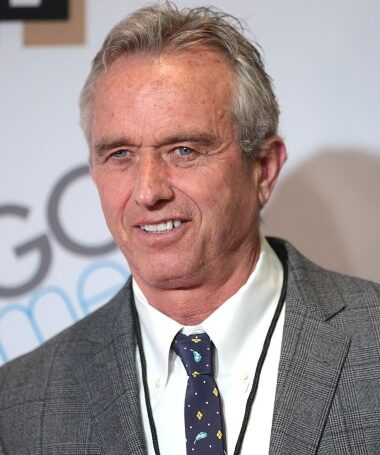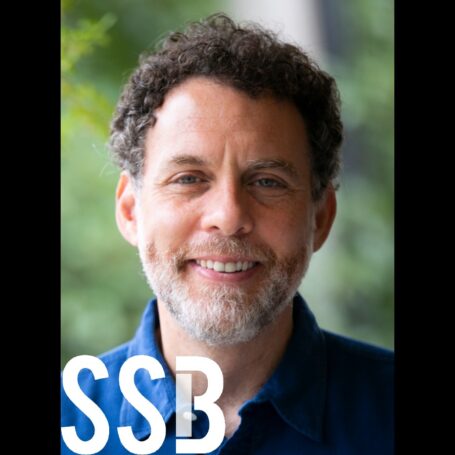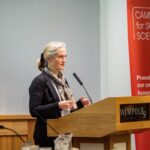Obama’s Budget Proposal Would Raise NSF Budget 5 Percent
 Amid the rhetoric about middle-class economics and enhancing homeland security that accompanied the release yesterday of President Barack Obama’s budget proposal for the coming fiscal year was a small mention of the role of the social sciences.
Amid the rhetoric about middle-class economics and enhancing homeland security that accompanied the release yesterday of President Barack Obama’s budget proposal for the coming fiscal year was a small mention of the role of the social sciences.
A paragraph labelled “Building Evidence and Encouraging Innovation” in the White House summary of the proposal reads as follows: “The Budget invests in developing and testing effective practices, recruiting social and behavioral sciences experts, and providing better information on what works in key areas ranging from improving college completion to creating greater accountability for job training programs to improving the data available on Indian Country.”
Beyond this welcome attaboy for the social, behavioral and economic disciplines, which have been in the crosshairs of Congressional Republicans for several years, the Groundhog Day release of the request to Congress included several more tangible benefits for the disciplines, including a National Science Foundation budget 5.2 percent greater than the current year’s appropriated amount and requests that have been described as “highly supportive” of federal agencies that gather statistics. (The budget proposal has also been billed as the first “open-source” budget with its underlying data accessible at GitHub.)
The NSF budget is keenly watched by the social and behavioral science community, partly as a bellwether of sentiment but also because it supplies 65 percent of the federal funding that goes to grants in those disciplines (compared to the 25 percent it supplies to the all science and technology fields combined). The NSF budget has also been the battleground for disputes over this funding, most of which is funneled through the NSF’s Directorate of Social, Behavioral and Economic Sciences.
In its appropriation request, the NSF doesn’t break out how it divides funding among the seven research directorates, which in turn has been a point of contention as legislators have tried to restrict funding for social and geosciences (think climate change) while still upping the overall allocation to science research. Looking at all NSF funding slated for that group of seven directorates, NSF Director France A. Córdova requested $6.19 billion, some $252 million, or 4.3 percent, higher than the current year.
That’s a lower rate of increase than the entire $7.72 billion NSF budget, which is $379.4 million higher than the current year. Two parts of the budget are seeing outside (and many would argue overdue) increases: education and human resources spending is rising 11.2 percent to $963 million, while the category of agency operations and award management rose 9.2 percent to $355 million.
The NSF made 11,000 awards out of 48,000 grant proposals last year, which paid for the work of 320,900 researchers in all disciplines. This year Córdova’s said NSF expects to evaluate almost 52,000 proposals through a competitive merit review process and approve 12,000 new awards. She added that NSF expects to save money in the reviewing process — some 35,000 members of the science and engineering community serve as panelists and proposal reviewers – by paying those who participate virtually at a lower rate.
She also stressed that NSF would focus on being transparent in the review process, an issue that critics of social science spending have latched onto. “NSF continues to improve public access to NSF-funded research,” she said in her budget message. “The agency will build on existing technology to track research products, allow investigators and awardees to make their products known and available, and allow the general public, researchers, and policy makers to locate and use those products.”
These NSF requests are in a sense purely aspirational – the president’s budget as a whole is unlikely to resemble the federal budget that ultimately emerges from a Congress controlled by his political opponents. However, in years past the executive branch’s outline for NSF funding roughly have framed that particular set of spending decisions.
And while the NSF budget doesn’t offer a granular examination of research spending, some priority areas do illustrate that social and behavioral research clearly cross into multiple investigations.
For example, the Brain Research through Advancing Innovation and Neurotechnologies (BRAIN) Initiative, which seeks $144 million, combines both cognitive and neuro- science research which, as Córdova detailed in her own budget message Tuesday, involves “increasing understanding of relationships between neuronal activity, cognitive processes, and behavior [and] exploring links between environment, behavior, and brain function.”
Other interdisciplinary priority projects with large social science components include improving disaster resilience ($58 million), and clean energy research ($377 million) and “Innovations at the Nexus of Food, Energy, and Water Systems” ($75 million). Córdova’s explanation of the clean energy plan serves as a explanation of how social, behavioral and economic science plays a role in all: “Clean energy research addresses our advancement toward reliable and sustainable energy resources and systems that preserve essential ecosystems and environmental services, promote positive social and economic outcomes, and prepare society to responsibly adopt them.”
In a precis of the budget proposals developed by Katherine R. Smith, the executive director of the Council of Professional Associations on Federal Statistics, increases were logged in budgets for all federal statistical agencies except for the Social Security Administration’s Office of Research, Evaluation, and Statistics, which fell $3 million to $27 million. (A useful table from Steve Pierson at the American Statistical Association appears HERE.)
“The new budget requests for statistical agencies reflect the president’s theme of investment in infrastructure, which includes federal statistics,” Smith wrote to members of the council. “Statistical agencies are very well supported by the president’s request. One might have used the term ‘generous’ except for the fact that the agencies, by and large, have been exceptionally budget constrained — several to the point of discontinuing programs – over the last three years.”























































































